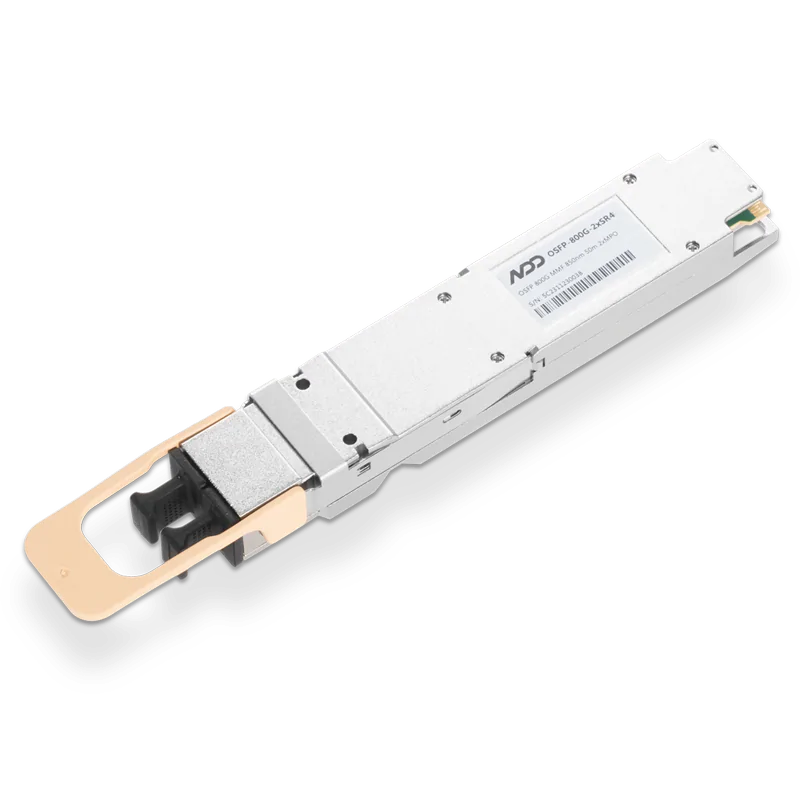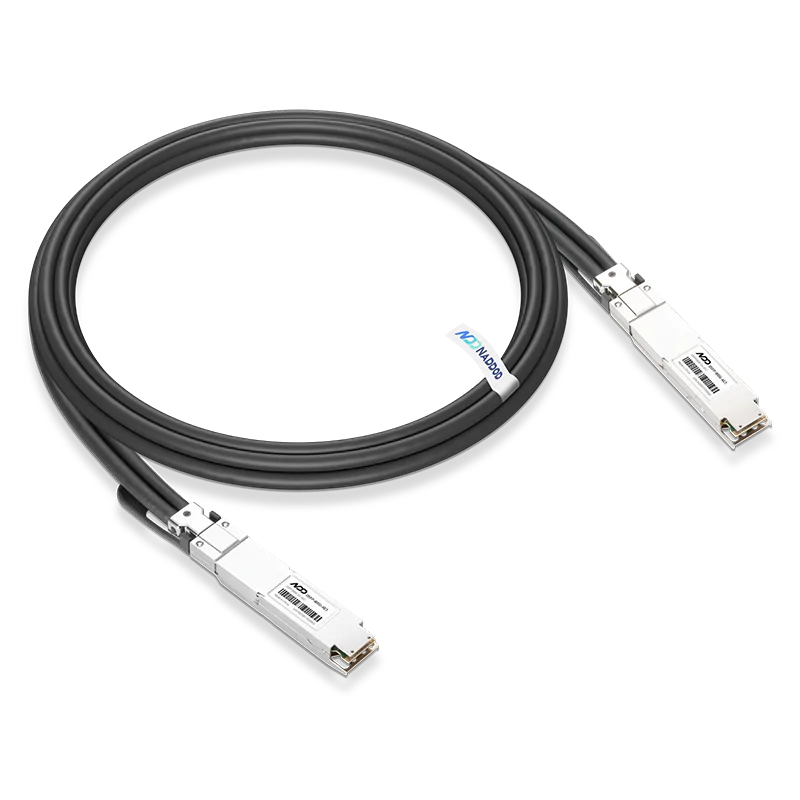In the global Internet era, network monitoring is ubiquitous, which has facilitated the development of global information construction and brought convenience to people’s lives in many areas, and is still in continuous development. But the deployment and construction of monitoring networks is not an easy task, especially the deployment of larger monitoring networks, from the selection of monitoring switches to wiring connections are more complicated. This article will explain how to use surveillance gigabit switches to achieve large surveillance network deployment.
Large-scale Surveillance Network Construction Requirements
A large campus, pre-installation of 500 high-definition surveillance cameras, code stream for 3 ~ 4 megabytes, pre-deployment of three-layer network architecture, namely: the access layer - convergence layer - core layer. The impact of storage is mainly concentrated in the convergence layer, each convergence layer corresponds to 170 surveillance cameras. How should I choose a surveillance switch? Will the choice of switches have an impact on the transmission of images?
Requirements Analysis
Choosing a 24-port Switch or a 48-port Switch?
When considering the deployment of a 24-port or 48-port switch in a large surveillance network project, the backplane bandwidth and packet forwarding rate of the network are often taken into account. A 48-port surveillance Gigabit switch has a full capacity of 48 x 1G x 2 = 96Gbps to provide non-blocking wire-speed packet switching with all ports in full duplex. If the packet forwarding rate (number of ports x 1.488 Mpps) of a 24-port surveillance Gigabit switch does not reach 35.71 Mpps, the switch does not meet the requirements of this network deployment. Only if both backplane bandwidth and packet forwarding rate are met can the corresponding switch be selected for deployment to this network.
Choosing a 100 Gigabit Switch or a Gigabit Switch?
When choosing a switch for a LAN surveillance network deployment, the access layer switches are mainly considered for the bandwidth from access to convergence; the convergence layer is used for video image storage, which requires processing and forwarding of 170 streams of 3~4M or 680M at the same time; the core switches need to consider the switching capacity and the link bandwidth from convergence to core. In summary, the monitoring network deployment of the access layer switch can choose 100 megabit, the convergence layer and the core layer need to choose a gigabit monitoring switch to meet the deployment requirements.
The Choice of Switch will Have an Impact on The Transmission of Images?
The video transmission in the surveillance camera is not related to the choice of switch, usually the image video clarity is not high because the front-end camera affects the outgoing code stream setting, which belongs to the front-end camera performance category and the switch has nothing to do with.
Supports IEEE 802.3af/at standards while meeting the growing network demand for more robust performance and intelligent switching, automatically detecting and identifying IEEE 802.3af/at-compliant devices and powering them. A wide selection of Gigabit Ethernet ports (8/24 or 48 ports) in a compact, plug-and-play, configuration-free form factor that can be mounted on a ceiling or high wall, away from power outlets.
The PoE switch can simultaneously transmit data and power over a network patch cable, making it ideal for flexible deployment of wireless access points or IP network surveillance cameras for projects and small business networks.

 800GBASE-2xSR4 OSFP PAM4 850nm 50m MMF Module
800GBASE-2xSR4 OSFP PAM4 850nm 50m MMF Module- 1200G AOC Mainstream Technology Solutions
- 2How to Use PoE Switch for IP Surveillance Cameras?
- 3What is Fiber Dispersion? How to Dispersion Compensation?
- 4NADDOD 1.6T XDR Infiniband Module: Proven Compatibility with NVIDIA Quantum-X800 Switch
- 5Vera Rubin Superchip - Transformative Force in Accelerated AI Compute































